While Difficult, Path for Walters Does Exist
Sooner Survey: Volume 36 No. 3 | June 4, 2025
By Pat McFerron, President
Cole Hargrave Snodgrass & Associate
![]() @McFerron
@McFerron
Just over a year before the Republican primary for Governor, Attorney General Gentner Drummond has taken a commanding lead over others who have either entered or who are rumored to be running for the GOP nomination. At 39%, Drummond has a 27-point lead over the nearest rival, State Superintendent of Public Instruction Ryan Walters while Lt. Governor Matt Pinnell is the only other candidate in double-digits (10%). Almost a third remain undecided (31%).
Drummond is now viewed favorably by 53% of the state’s Republican primary voters, the highest number we have recorded for him in polling dating back to 2018. His ratio exceeds three-to-one positive, and his numbers are fairly consistent across blocs within the GOP coalition. He does a little better among those in the two metro centers (57% favorable / 18% unfavorable) than in rural (50% favorable / 17% unfavorable). Among those who have voted in at least four of the last five GOP primaries, his favorable rating is a robust 59%, though his unfavorable is up a bit among this group (24%).
Drummond’s highest negative comes from those who intend to vote for Ryan Walters, perhaps shedding light on where the division in the Republican primary may appear. Among this group, 31% have a favorable impression of Drummond while 38% view the A.G. in a negative manner. The cell sizes are smaller, but those voting for Matt Pinnell, Charles McCall, or Chip Keating (those currently in third through fifth place) are all net positive toward Drummond.
In the last few months, Ryan Walters’ numbers have improved among Republican primary voters, though they are still far from stellar. Walters now breaks even among Republicans (37% Favorable / 37% Unfavorable), but this is an improvement from the 30% Favorable / 36% Unfavorable recorded in February. Despite recent discord with Governor Kevin Stitt, Stitt supporters remain the most loyal to Walters (52% Favorable / 22% Unfavorable among the 59% of Republicans with a favorable impression of Stitt.) Walters’ potential strength may not be fully evident until a runoff. His best numbers come from those Republicans who have voted in each of the last five primaries where he has a 43% favorable rating.
When asked a question about how they would vote in any election involving Ryan Walters, 44% say they would vote for him, identical to the 44% who say they would vote against him. In a lower turnout runoff election, that dedicated supporter could be enough to eek out a victory. Still, 33% say they would definitely vote against him and only 15% voting for him, so it will be difficult. In the current world of low-turnout elections, however, it would be a mistake to discount Ryan Walters as a political force and possible nominee.
Lt. Governor Matt Pinnell is an interesting case study. His positive favorability ratio of better than 6-to-1 is very strong, but 49% of Republican primary voters do not recall hearing his name and 21% have no opinion. All totaled, his favorable is 26% and unfavorable at 4%—but only 8% have a strongly favorable impression of him. Still, he is at 10% in the ballot test and among those all-important 5 of 5 primary voters, he is a 36% favorable 3% unfavorable. While solid numbers, for an historical context, these are well below where then Lt. Governor Mary Fallin was at a similar stage in her tenure (69% favorable) or Todd Lamb in 2017 (43% favorable).
The other candidates tested simply do not have significant name identification at this point. Former Speaker Charles McCall stands at a 12% favorable / 6% unfavorable, almost identical to what we recorded in February. Mike Mazzei is entirely unknown to 87% of the electorate and only 2% have a favorable impression of him. Jake Merrick has slightly more name ID at 6% favorable / 3% unfavorable, but 78% do not recall hearing his name.
As mentioned earlier, on the ballot test with seven candidates, Drummond is in a dominant position at 39%. This increases to 42% among urban voters and he has his greatest strength among middle-income voters, hitting 49% among those with incomes between $75K and $100K. He is also strong in the Tulsa media market, and among those who have voted in at least 4 of the last 5 Republican primaries, reaching 44% among both of those groups. Walters sits at 12%, bumping up to 14% among Trump Republicans and 27% among those using Truth Social – the only place where Walters leads Drummond (22%). Pinnell’s 10% puts him in third, and his greatest strength is among primary voters under 45 years of age (14%) and those earning more than $150,000 (19%). No other candidate really registers at this time though Charles McCall does have a regional base in the southeast part of the state where he surpasses Pinnell garnering 16% of the vote there, but still trailing Drummond by double-digits.
The strength of Drummond is probably best illustrated by pointing out he currently gets 57% of the decided voters — and still is competing for undecided voters of whom 62% have no opinion or have never heard of him.
Many political insiders do not see Lt. Governor Pinnell as being a likely candidate. In a ballot test without Pinnell, Drummond jumps to 42% and Walters moves up to 14%. Chip Keating does move from 3% to 4%, but none of the other candidates (McCall, Mazzei, and Merrick) improve their showing at all. Should Pinnell choose not to run, the most intriguing aspect of this contest may well be to see who can emerge as a challenger to Walters for an opportunity to be in a runoff against Gentner Drummond.
On a second-choice ballot, Drummond’s strength is again seen. Drummond is the leading second choice for those who say they intend to vote for Ryan Walters, Matt Pinnell, or Charles McCall – the other top three candidates.
To be certain, this contest is still in its early stages. As mentioned in an earlier release on this contest, it is important to have at least some historical context. Many will point to the fact that at this stage in 2017, nobody knew who Kevin Stitt was. While that is true, none of the other major candidates were as strong then as Drummond is today. In fact, our past polling showed that all of the movement for the top three candidates in 2018 (Stitt, former Oklahoma City mayor Mick Cornett, and Todd Lamb) was positive. Neither Cornett nor Lamb saw their support decrease during Stitt’s ascent. Given how close Drummond is to 50% (and being over that among decided voters) means that 2026 is different than 2018. ◊


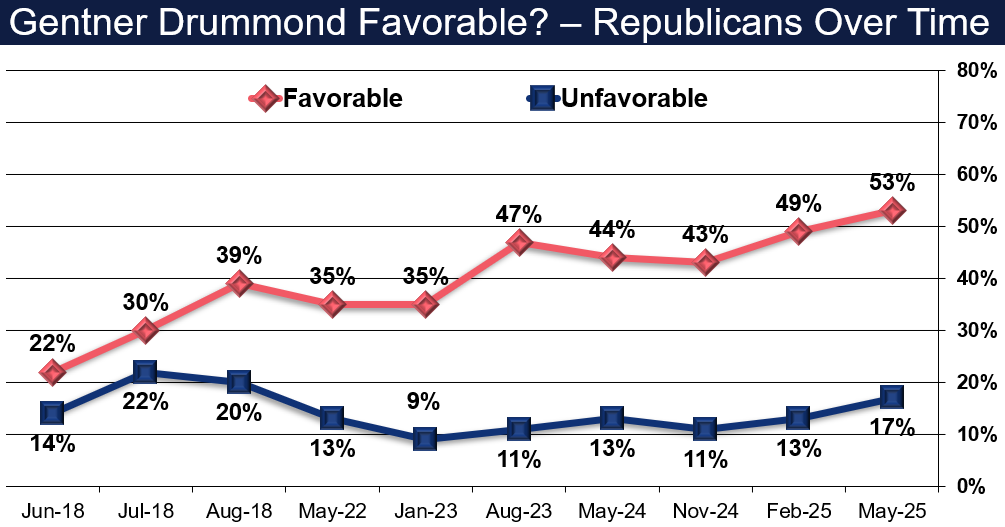

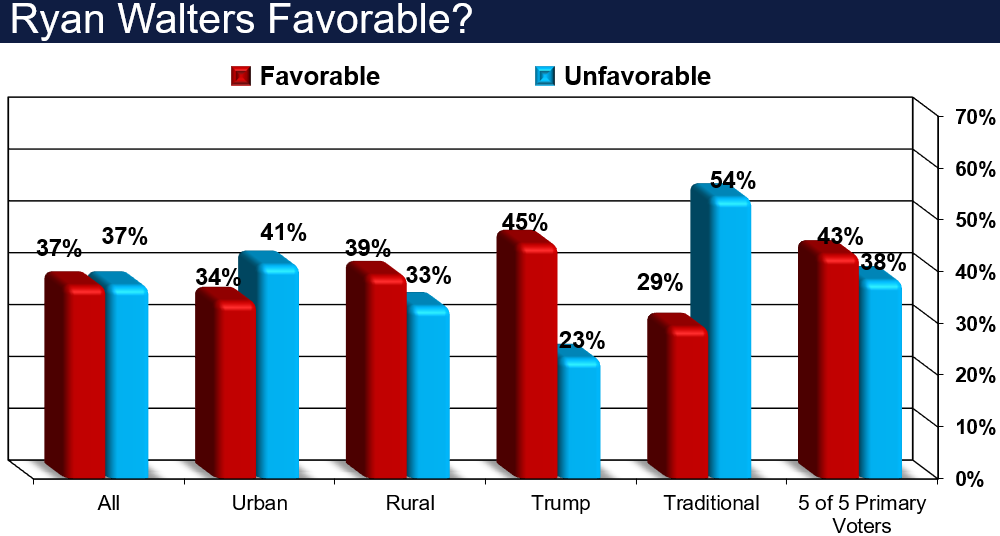
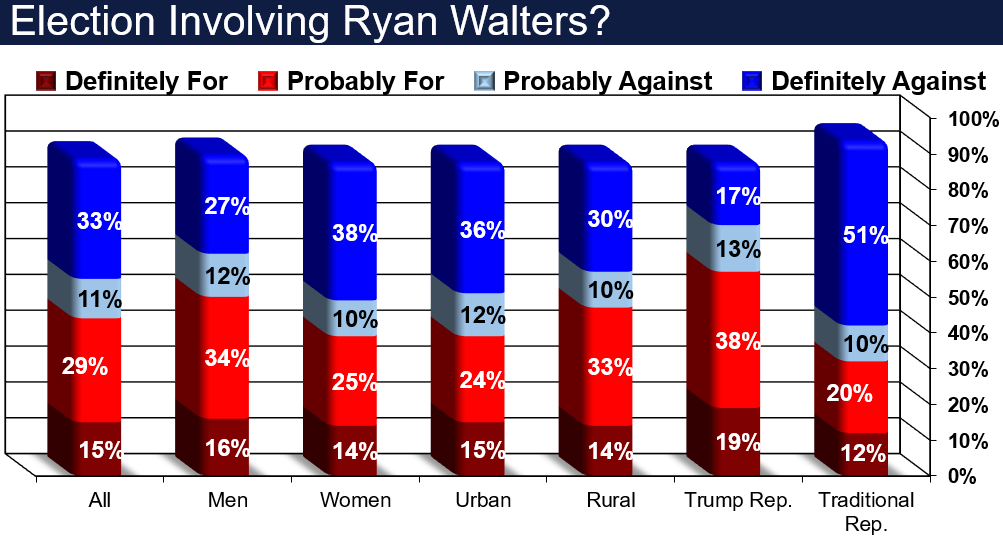
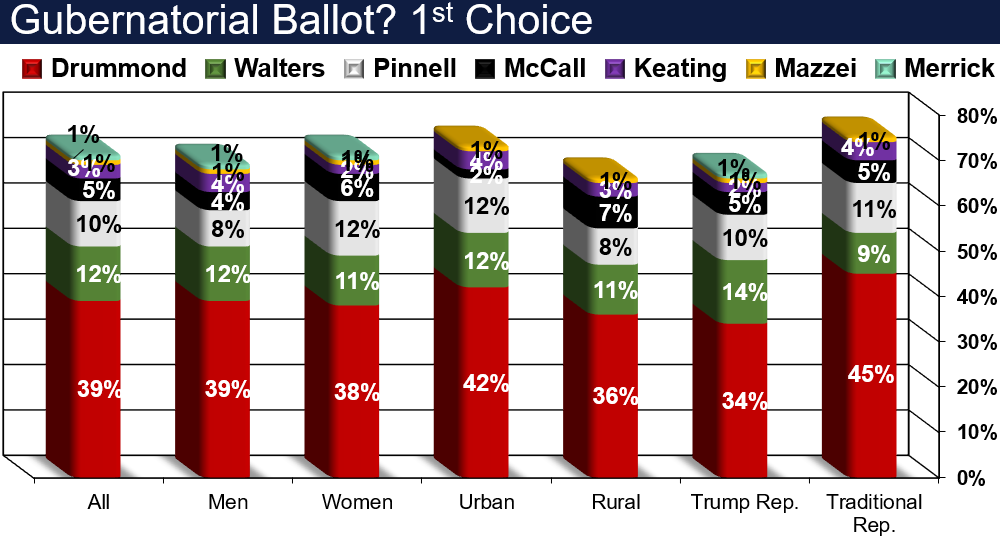
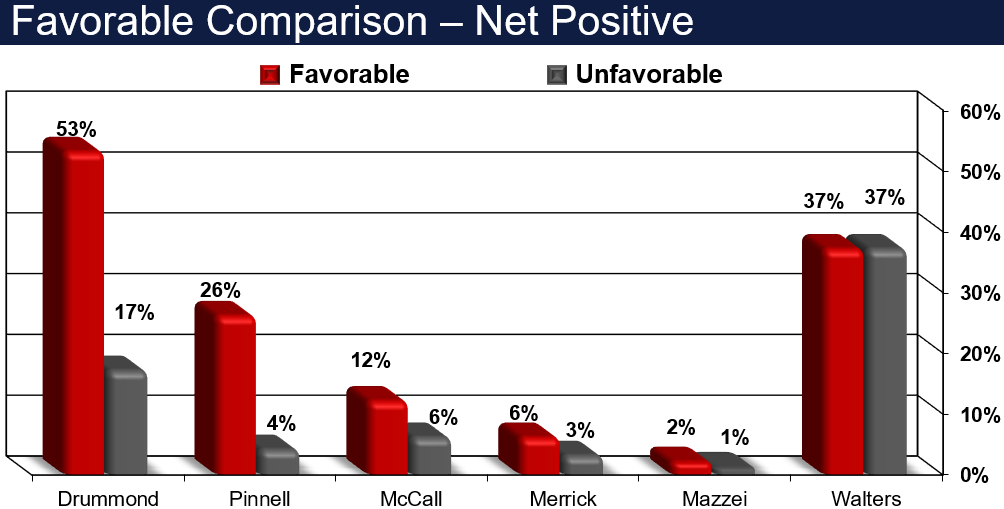

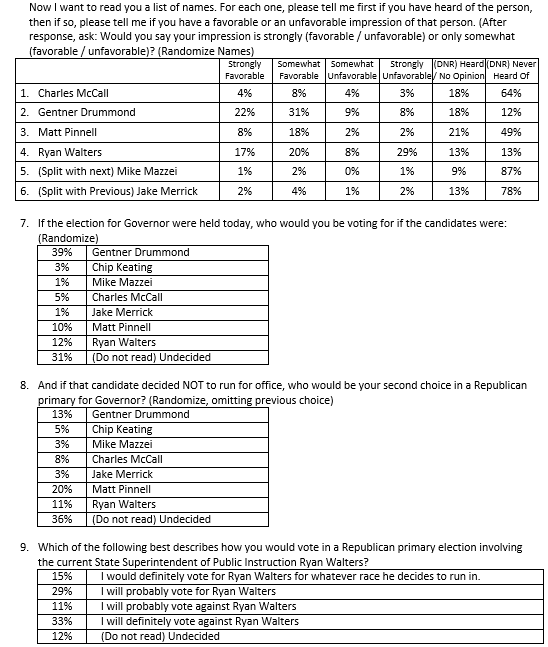



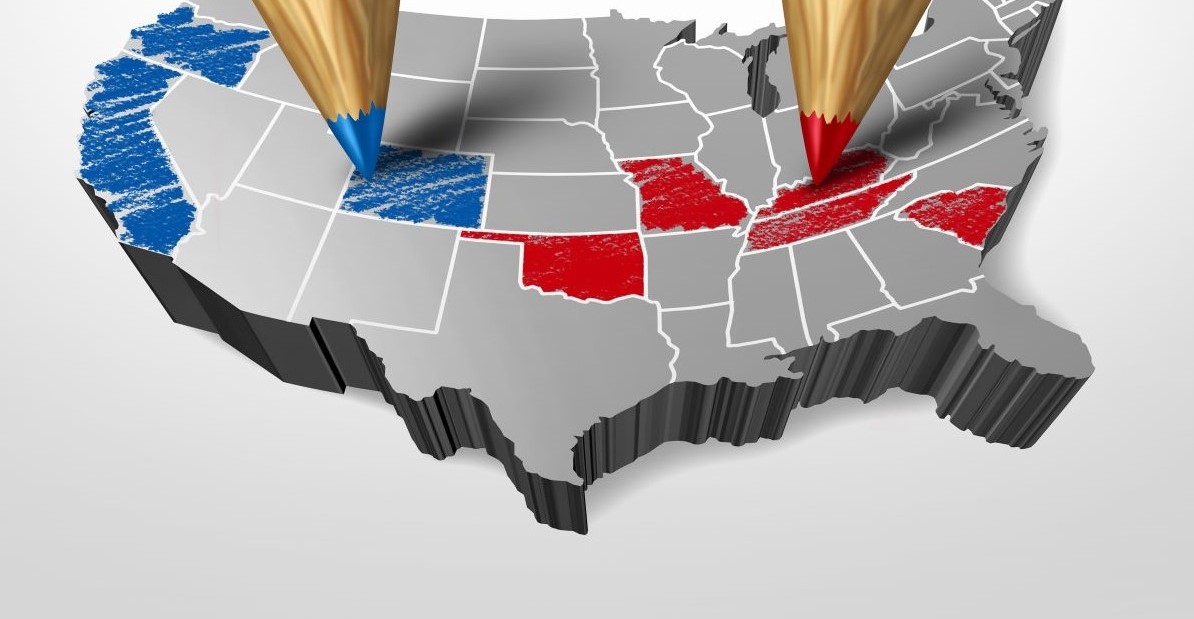
Recent Comments